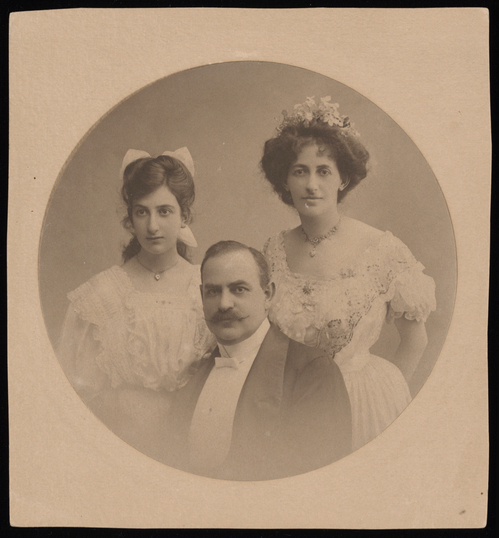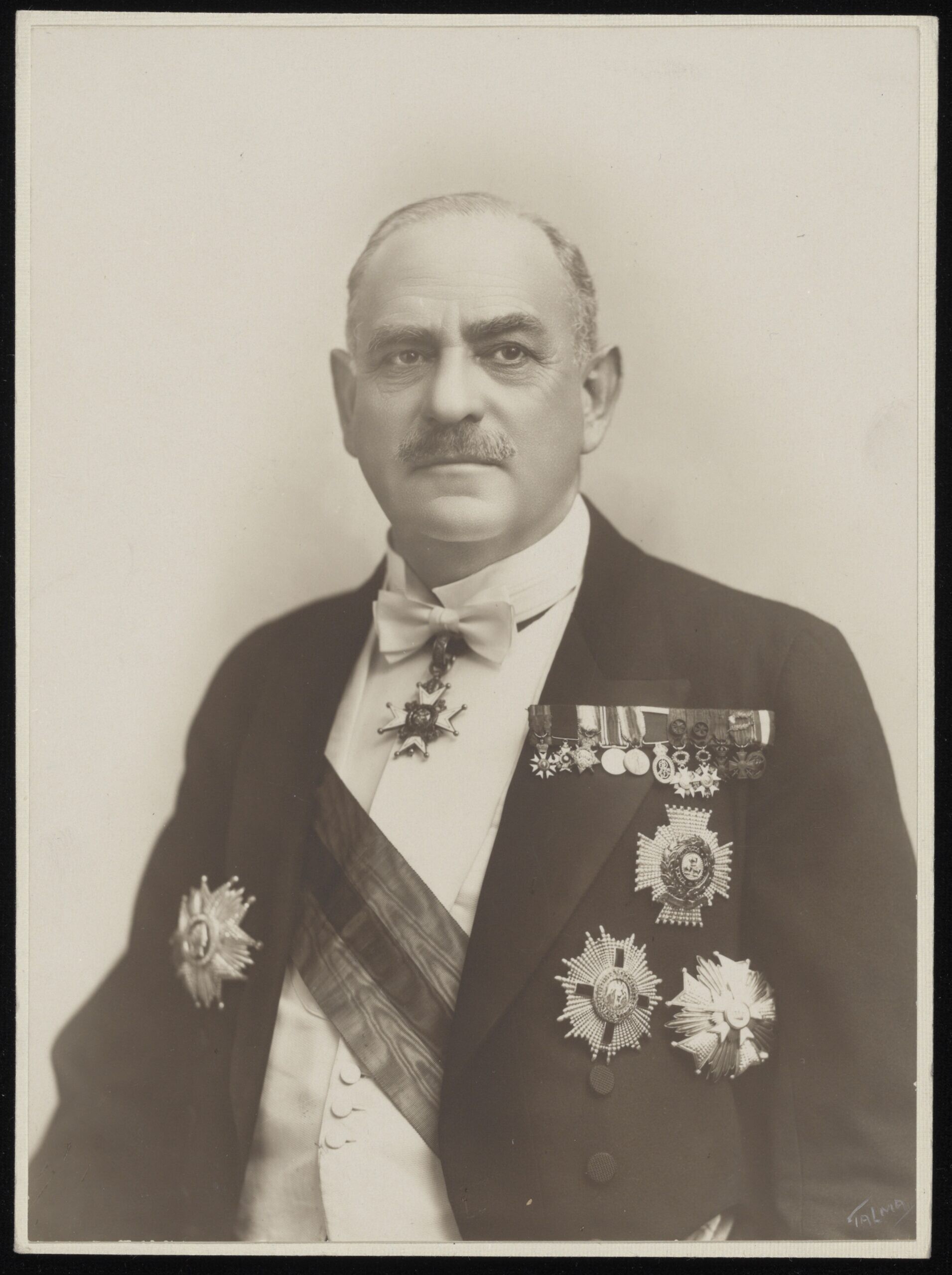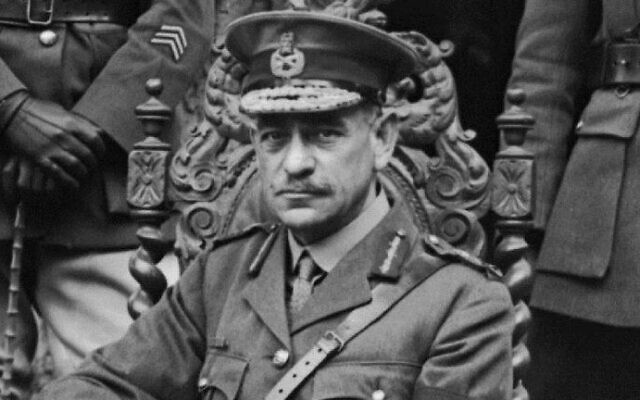Monash papers go digital
'Monash’s detailed and insightful perspectives are fascinating as he provides a first-person voice to key periods and cultural experiences that have shaped modern Australia'.
“IT’S extraordinary,” is how Michael Bennett describes the digitisation of his great-grandfather General Sir John Monash’s vast personal collection of handwritten letters, photographs and diaries – making them accessible to researchers and the general public with the click of a mouse.
Approximately half of Monash’s personal papers held at the National Library of Australia (NLA) – an archive equating to just under 300 boxes of material that takes up 60 metres of shelf space – was uploaded onto the Trove website last Friday.
The material features thousands of first-hand accounts – from boyhood to retirement – by one of Australia’s greatest ever military and civilian leaders, who was always proud of his Jewish faith and who at one point served as founding president of the Zionist Federation of Australia.

“My family and I have always been very encouraging of all of it [Monash’s personal papers] being available in the public domain, so I’m very pleased this collection is going digital,” Bennett said.
“For me, it is obviously very personal … there are photos in the collection of Monash with my grandfather Gershon, and Monash’s handwriting is already very familiar to me, as I’ve often gone to the NLA to do research to better understand what influenced him to become the man he did.”
Monash commanded the Australian Army Corps in decisive victories in France in the final year of the Great War, he was knighted in the battlefield by King George V, and was the architect behind Anzac Day.
But Bennett, who chairs the Victorian scholarships selection committee of the General Sir John Monash Foundation (GSJMF), is equally proud of his great-grandfather’s many other incredible achievements for society.

These include being vice-chancellor of the University of Melbourne and becoming the first Australian to have a university [Monash] named after him, starting the first Rotary club in Australia, his pioneering work as an engineer and his key role in establishing Melbourne’s Shrine of Remembrance.
“Some of my favourite items in the collection are letters about William Elliott, Monash’s primary school teacher in the town of Jerilderie, where his parents managed a shop. The two continued to correspond for the rest of their lives.
“Elliot recognised his precocious student’s immense talent when he was 10, and urged his parents – who migrated to Australia from Prussia – to send him to a leading high school where he could realise his full potential.
“So John moved with his mum and sisters back to Melbourne so he could enrol at the Scotch College, and the rest is history.”
Welcoming the digitisation as “a wonderful development”, GSJMF chair Jillian Segal said, “Monash’s detailed and insightful perspectives are fascinating as he provides a first-person voice to key periods and cultural experiences that have shaped modern Australia.”
Dr Keith Shilkin, president of the Federal Association of Jewish Ex-Service Men and Women, thanked the NLA for making Monash’s collection “so readily available”.
“Monash was our nation’s greatest soldier and patriot, and these [digitised] papers will reinforce his enormous reputation.”
To access the collection, visit nla.gov.au/nla.obj-229738465/findingaid.


comments